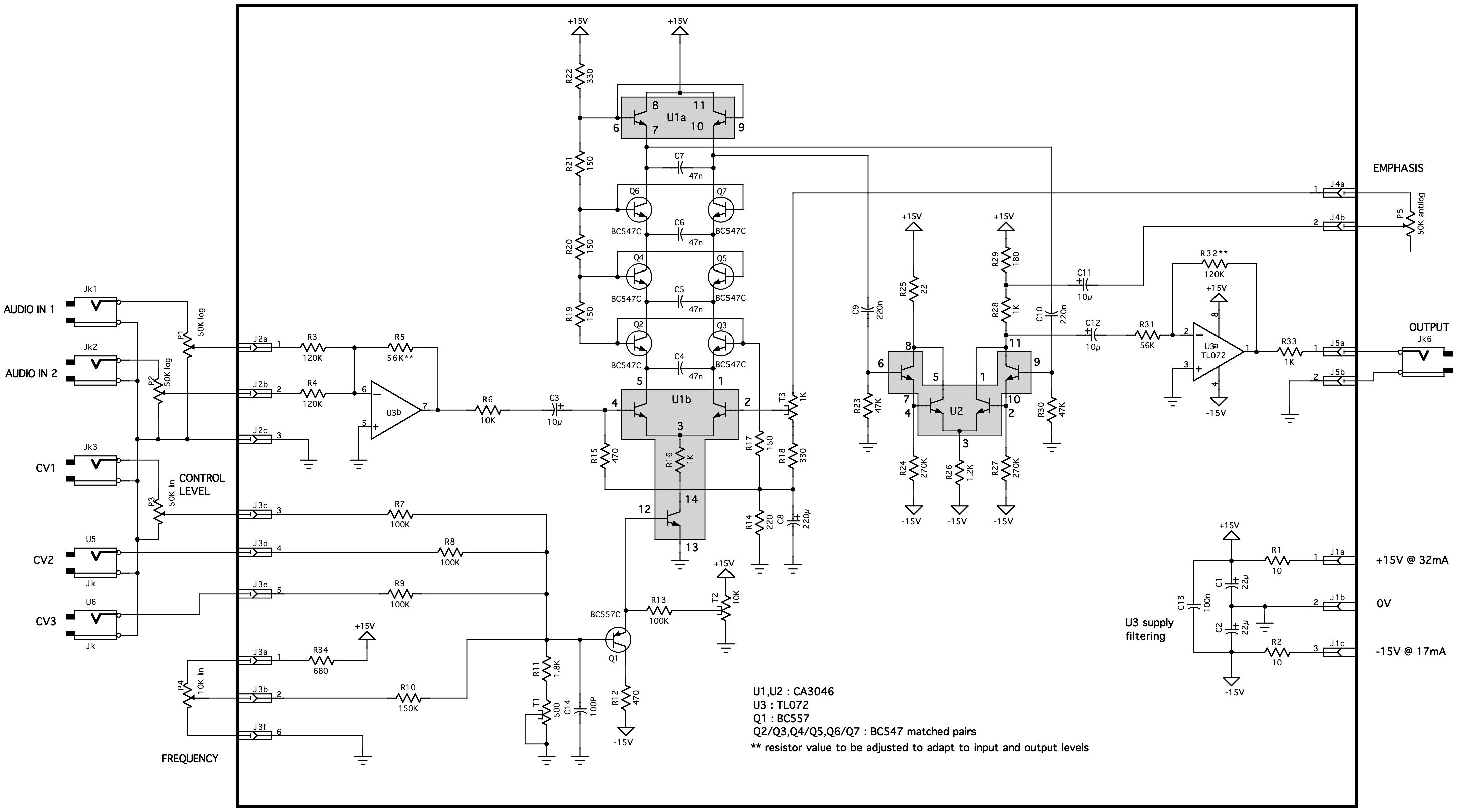

In addition to loading the set, we’ll also use a few packages that provide added functionality in graphical displays and data manipulation. The data set also contains the percentage of the population living in urban areas, UrbanPop. This is a set that contains four variables that represent the number of arrests per 100,000 residents for Assault, Murder, and Rape in each of the fifty US states in 1973.

This tutorial primarily leverages the USArrests data set that is built into R.
Other Uses for Principal Components: Application of PCA to other statistical techniques such as regression, classification, and clustering. Built-in PCA Functions: Using built-in R functions to perform PCA. Selecting the Number of Principal Components: Using Proportion of Variance Explained (PVE) to decide how many principal components to use. What are Principal Components?: Understanding and computing Principal Components for. Preparing Our Data: Cleaning up the data set to make it easy to work with. Replication Requirements: What you’ll need to reproduce the analysis in this tutorial. This tutorial serves as an introduction to Principal Component Analysis (PCA). You can use PCA to reduce the number of variables and avoid multicollinearity, or when you have too many predictors relative to the number of observations. PCA is commonly used as one step in a series of analyses. PCA reduces the dimensionality of the data set, allowing most of the variability to be explained using fewer variables. 
PCA is an unsupervised approach, which means that it is performed on a set of variables, , …, with no associated response. Principal Component Analysis (PCA) involves the process by which principal components are computed, and their role in understanding the data.







 0 kommentar(er)
0 kommentar(er)
